The selection of William Nordhaus as co-recipient of the Nobel Prize for Economics raises anew the question of whether a compelling public policy idea generated within an academic discipline can survive and endure in the real world of politics. Nordhaus has long led a sizable and diverse chorus of economists, contending that the only plausible path toward climate protection would entail a market-based strategy. This would involve placing a price on carbon emissions from the use of coal, oil, and natural gas.
Either a carbon tax or cap-and-trade system could fit the bill. Ideally, such policies would set clear price signals over an extended time period, discouraging fossil fuel use and accelerating the search for more climate-friendly energy alternatives. Furthermore, they would foster this transition with the least possible economic disruption. The idea is both elegant and intriguing. It was propelled by a number of early experiments, ranging from a quintet of Nordic countries adopting carbon taxes to the heralded U.S. experience with cap-and-trade to cut sulfur dioxide emissions.
Varying forms of carbon pricing have been aggressively promoted by advocates in every international climate deliberation from Kyoto to Paris. Much of the voluminous academic literature on climate change has assumed that its widespread adoption was inevitable. However, compelling ideas from economics do not necessarily suspend the laws of politics. Carbon pricing presumes that politicians are willing and able to make the case for sustained increases in the price of commodities that are familiar and essential in everyday life. It further assumes that the public will rally to the cause.
In practice, carbon pricing adoption remains one of the heaviest political lifts anywhere in the world. Since the 1997 Kyoto agreement, the rate of non-symbolic carbon price adoption has been rather modest. And carbon taxes and cap-and-trade are among the most likely climate policies to be reversed after they have been launched.
In the United States, the political path forward is challenging at best. The U.S. House Climate Solutions Caucus nears triple digits in membership but a great many of its Democratic and Republican members get fuzzy on policy particulars, often embracing broad renewable energy goals rather than some form of carbon price. Even after last year’s multi-state declaration of fealty to meeting Paris emission reduction goals with aggressive bottom-up innovation, the actual adoption of state carbon pricing policies remains quite modest and confined to coastal states.
For states that produce considerable amounts of fossil fuels, any elevated price is likely to be perceived as a direct political threat to their well-being. For vehicle manufacturers, profits are greatest on trucks and cars with the lowest fuel-efficiency. Even college and university presidents, among our nation’s most active supporters of ambitious climate mitigation, rarely consider internal carbon pricing. Instead, campus climate action plans routinely favor more costly but more politically palatable options.
Carbon pricing thus faces some sobering political hurdles in any setting. Proponents must make a convincing case that the public should support immediate pocketbook sacrifices for benefits that may be difficult to measure and allocated primarily to future generations that they will never meet. That is not an easy sell in any circumstance.
But there are important success stories to consider, cases where carbon pricing has not only been adopted but sustained through subsequent election cycles while delivering on some of its performance goals. These include the earlier Nordic cases, more recent carbon taxes in British Columbia, Ireland, and Iceland, and the Northeastern state cap-and-trade program, the Regional Greenhouse Gas Initiative.
There is no one singular formula that has guided this modest set of success cases and can easily be applied to fix the political challenges linked to carbon pricing. But all of them were guided by political leaders who found credible ways to link the imposition of price increases with immediate and tangible benefits through allocation of revenue generated by the policy. These benefits have included reductions in other taxes, electricity bill rebates, and investment in energy transition, all presented to citizens in clear and persuasive ways.
Carbon pricing success cases have also featured sound public management, reflected in transparency in operations as well as ability to adapt to changing circumstances over time. This has not required creation of massive new bureaucracies but instead has drawn upon existing talents within government, often in creative ways.
Perhaps most significantly, political leaders found ways to build coalitions across party divides over time rather than isolate carbon pricing as the pet product of a single party and elevate the risk of future reversal. This included some accommodation of political constituencies to broker viable compromise to facilitate launch and endurance across election cycles. While no perfect carbon price exists anywhere in the world, the global track record across past decades does include some successes alongside numerous flops.
So break out the champagne for William Nordhaus and scores of other economists who have placed this intriguing idea into global, national, and sub-national climate policy debate in past decades. However, let’s tone down the celebration until we can find credible political paths to move such ideas from seminar rooms to legislative chambers.
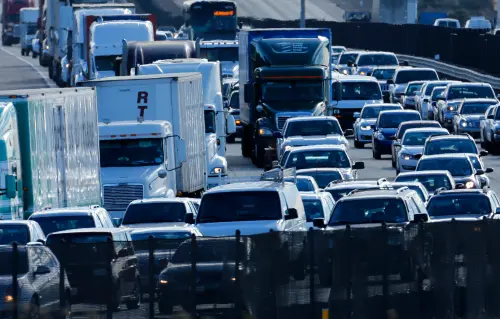



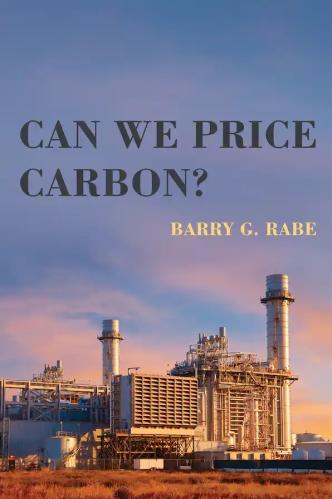
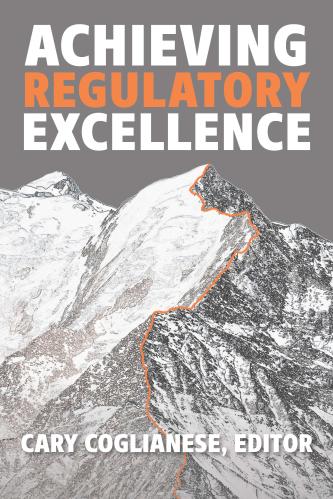

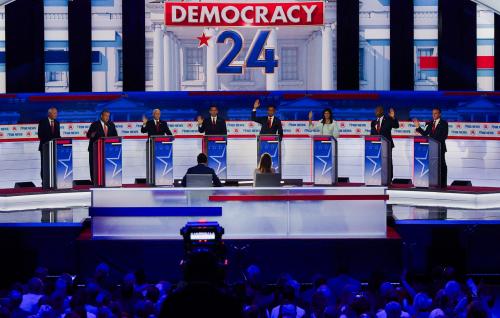
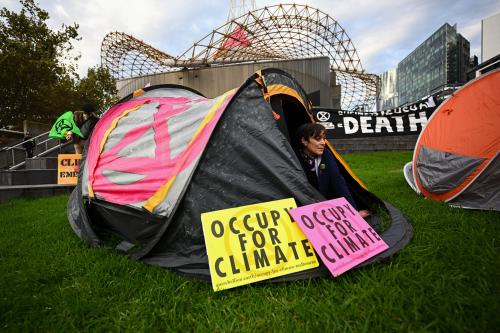
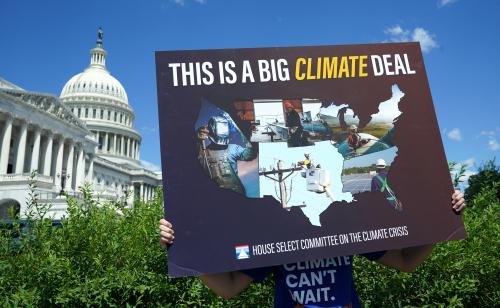
Commentary
The economics—and politics—of carbon pricing
October 25, 2018